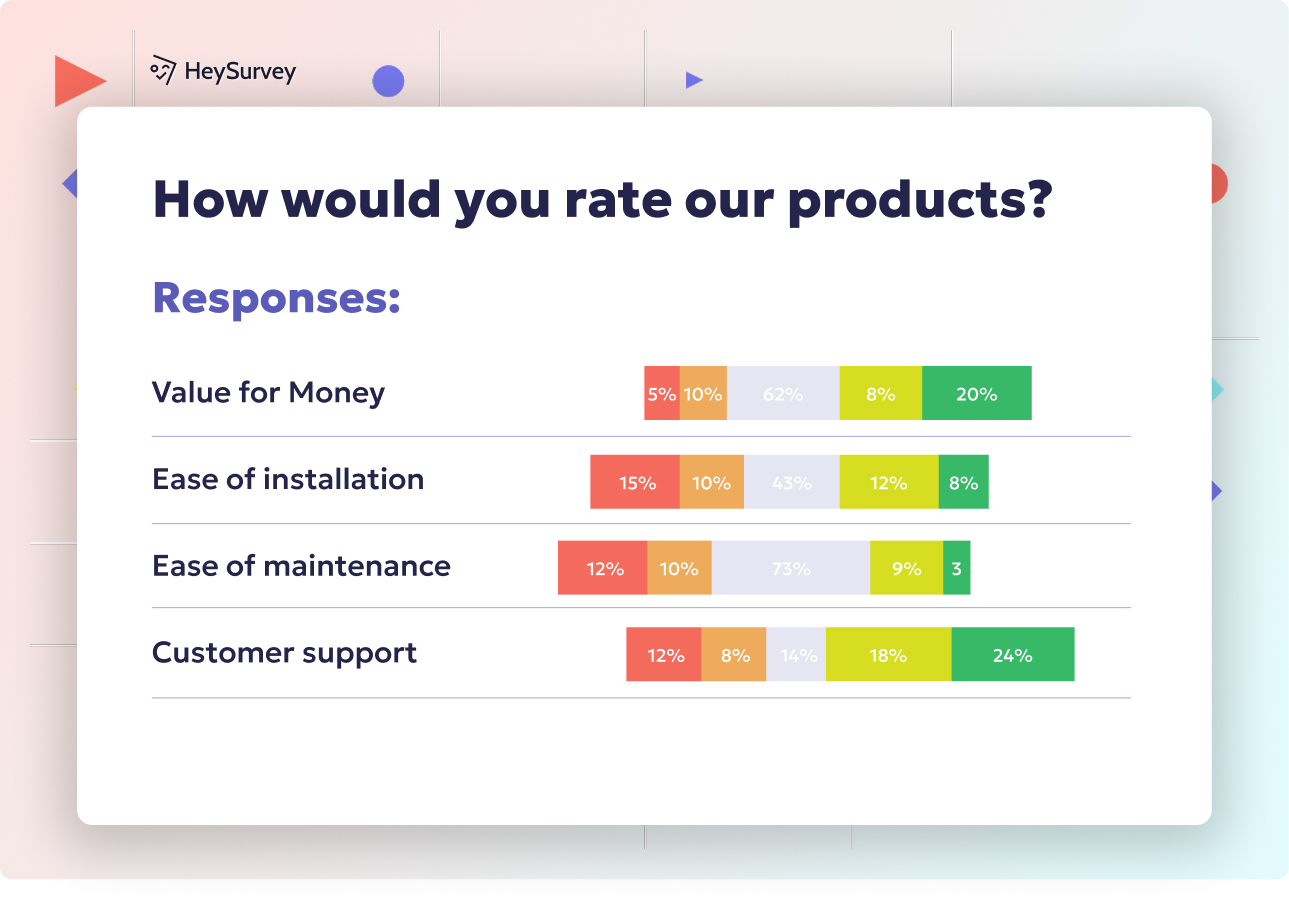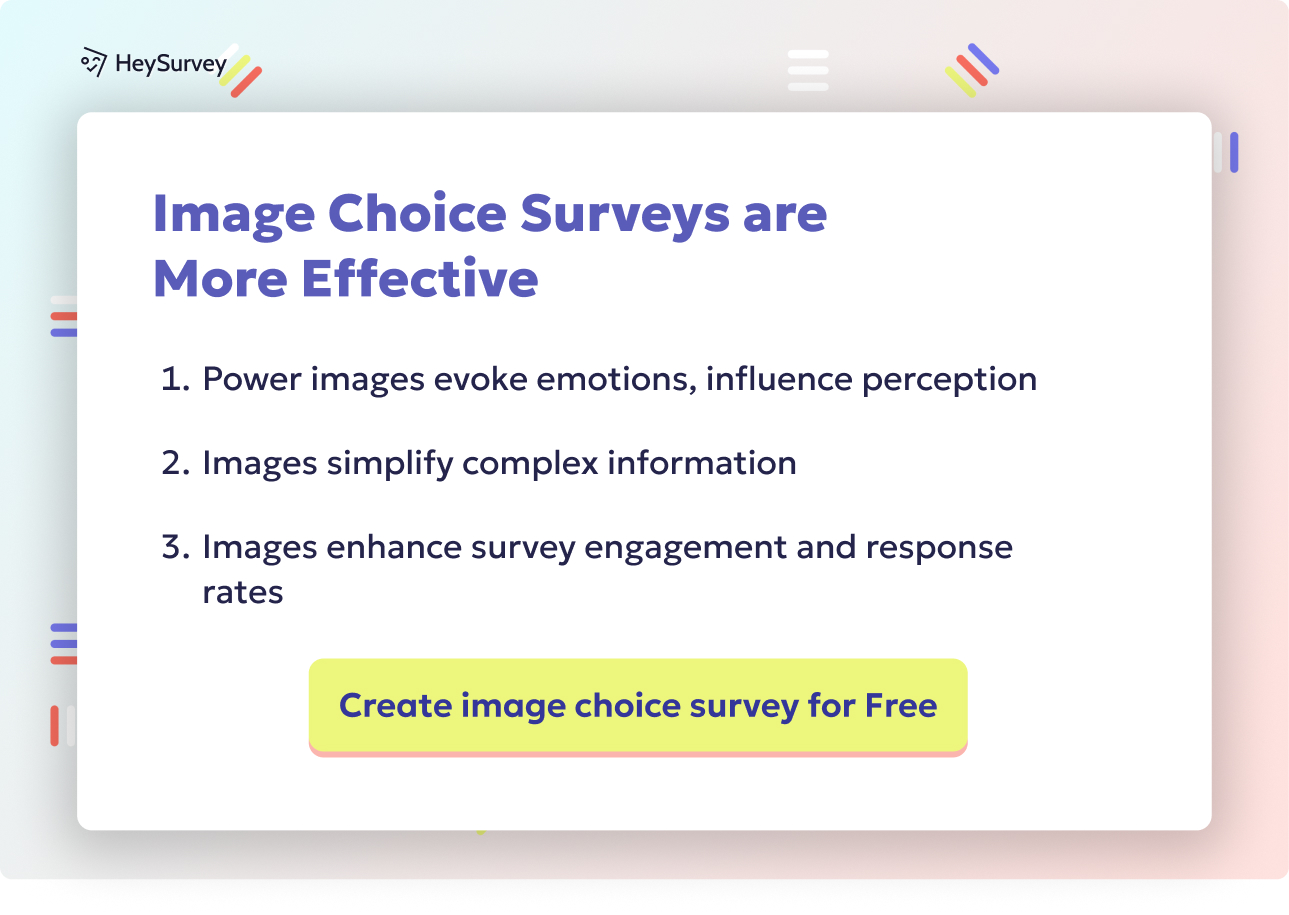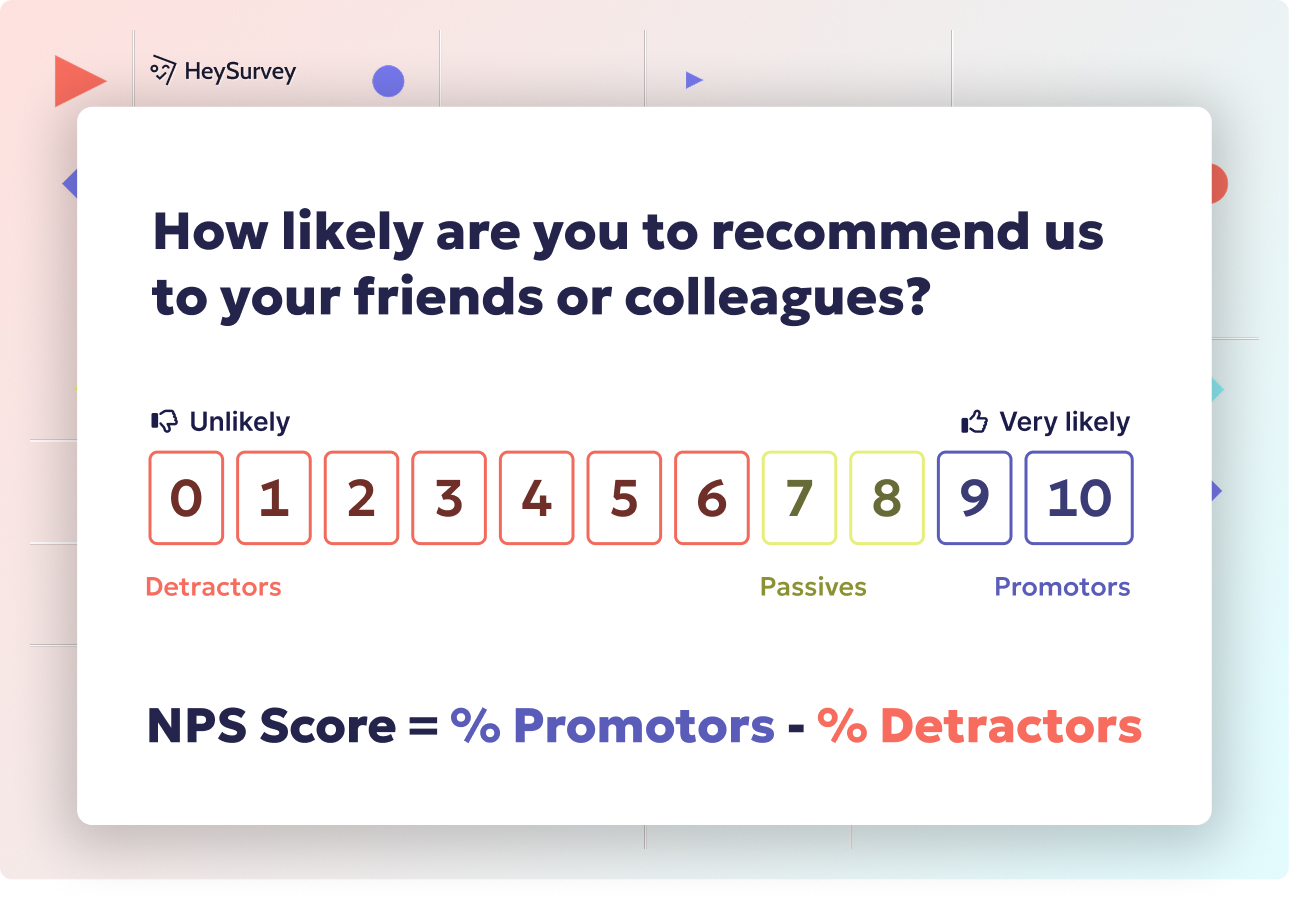29 Cultural Competence Assessment Survey Questions for Success
Explore 30 cultural competence assessment survey questions across seven types to effectively measure cultural awareness and boost DEI efforts.
Cultural competence is more than a buzzword—it's a necessary skill that blends awareness, knowledge, and actions to interact successfully across cultures. Organizations in business, education, and healthcare use cultural competence assessment tools to improve diversity, equity, and inclusion, patient outcomes, and global teamwork. Unlike observation, survey methods let you measure cultural awareness at scale, track progress, and ensure anonymity. From quick checklists to advanced 360-degree reviews, let’s dive into seven distinct diversity survey questions types that can elevate every stage of your cultural competence journey.
Self-Assessment Cultural Competence Survey
What Is a Self-Assessment Cultural Competence Survey?
The self-rated cultural competence survey is a solo venture—think of it as your own personal diversity checklist. Here, individuals honestly rate their cultural attitudes, knowledge, and skill levels. It’s an invitation for candid reflection, and nobody but the respondent ever sees the answers.
You would use this type of survey at the start or end of a program to benchmark someone’s growth over time. It can be deployed before a training session, after, or as a routine pulse check. Why choose this approach? It’s quick, cost-friendly, and easy to distribute. Plus, anonymity means people can self-reflect truthfully.
Why & When to Use Self-Assessment
Empowerment and self-awareness are the real winners here. Teams often use this at onboarding, before diversity training, or at annual review time. The main perks: - Fast deployment: Very little set-up needed. - Low cost: Just design the questions and go. - Personal growth: Lets people see their own blind spots (without fear of outside judgment).
It’s also well suited for those moments when you don’t have time or budget for a more complex survey. Consider it your reliable, low-pressure thermometer for self-awareness.
Sample Questions for Self-Assessment
I can describe how my cultural background influences my worldview.
How confident am I in adapting my communication style for people from other cultures?
I actively seek information about cultures different from my own.
Rate your ability to identify cultural biases in workplace policies.
How often do you challenge stereotypes when you notice them?
These questions work well because they nudge individuals to reflect, but don’t sound preachy. At the end of the day, a great personal diversity checklist begins and ends with honesty.
Self-assessment tools for cultural competence in healthcare professionals often lack validation, limiting their effectiveness in measuring true competency levels. (pubmed.ncbi.nlm.nih.gov)

How to Create a Cultural Competence Survey with HeySurvey in 3 Easy Steps
If you’ve never used HeySurvey before, don’t worry—it’s super intuitive and perfect for building your cultural competence survey quickly. Here’s a simple guide to get you going:
Step 1: Create a New Survey
- Head over to the HeySurvey website and click to create a new survey.
- You can start with a blank survey for full customization or select a pre-built template tailored for cultural competence assessments.
- Give your survey a clear internal name so you can find it easily later.
Pro tip: If you want to skip the blank slate, jump straight into a ready-made template for cultural competence surveys using the button below the instructions!
Step 2: Add Your Questions
- Use the Add Question button to start building your question list.
- Choose from a variety of question types: single-choice, multiple-choice, Likert scales (perfect for rating confidence or frequency), text input, and more.
- For cultural competence surveys, mix question types that measure attitudes, behaviors, and scenario-based responses.
- Make your questions required if you want to ensure no one skips them.
- You can also upload images or add descriptions to clarify your questions.
Bonus tip: Leverage branching logic to guide respondents intuitively based on their previous answers, tailoring the survey flow for better engagement.
Step 3: Publish Your Survey
- Once your questions look good, hit the Preview button to test the flow and design.
- Tweak colors, fonts, and backgrounds using the Designer Sidebar to match your organization’s style.
- When you’re ready, click Publish—you’ll need a free HeySurvey account to publish and collect responses.
- Share the generated survey link anywhere—email, intranet, or social channels.
Bonus Steps to Power-Up Your Survey
- Apply Branding: Upload your logo and customize colors to reflect your brand for a professional appearance.
- Define Survey Settings: Set start/end dates, response limits, or redirect URLs after completion straight from the Settings panel.
- Use Branching: Create smart survey paths so respondents only answer questions relevant to them, improving completion rates.
With just these easy steps, your cultural competence survey will be up and running fast, capturing the valuable insights you need to create a truly inclusive environment!
Peer-Assessment Cultural Competence Survey
What Is a Peer-Assessment Cultural Competence Survey?
Move over, solo introspection—it's time for the peer cultural feedback spotlight. The peer-assessment approach lets colleagues (or classmates, or team members) evaluate each other’s cultural skills. The real power here? Seeing yourself from someone else’s perspective.
Peer-assessment surveys go beyond “how do you think you’re doing?” Instead, they ask, “how are you showing up for others?” Answers reveal strengths and blind spots, and they’re a solid complement to self-assessment tools.
Why & When to Use Peer-Assessment
A coworker diversity evaluation is best within teams that work together regularly. You’ll commonly find them in: - Team settings (think project groups or work crews) - Mentorship programs - Clinical rotations - Classrooms with group projects
It shines a light on hidden strengths—and potential unconscious biases—by giving teammates a voice. When people see how others experience their behaviors, they often grow more than through reflection alone.
Key moments for use include after team-building events, as part of 360-degree feedback, or when evaluating candidates for leadership positions. Plus, it encourages a culture where everyone participates in building inclusivity, not just leaders.
Sample Questions for Peer-Assessment
This coworker listens respectfully to culturally diverse viewpoints.
Provides feedback without ethnocentric judgments.
Demonstrates curiosity about others’ traditions or holidays.
Adjusts humor to avoid cultural offense.
Advocates for inclusive decision-making in meetings.
Every item tackles a different nuance of cultural competence, making peer cultural feedback practical and actionable for real teams.
Peer-assessment surveys effectively identify hidden strengths and unconscious biases, enhancing team inclusivity and individual cultural competence. Source
360-Degree Cultural Competence Survey
What Is a 360-Degree Cultural Competence Survey?
Get ready for full-circle insights! The 360 cultural competency review collects data from all directions—self, peers, supervisors, and even direct reports. If you crave a panoramic view of someone’s cultural competence, this is the tool.
A 360’s advantage is perspective. It’s like seeing how a leader handles DEI from the boardroom, the breakroom, and the conference call—all at once. Every rater offers a piece of the puzzle, painting a clearer, unbiased picture.
Why & When to Use 360-Degree Surveys
360-degree surveys are the gold standard for: - Leadership development programs - Promotion eligibility reviews - Meeting accreditation standards - Building robust, multi-perspective feedback for executives or managers
Why? Because multi-rater DEI surveys help spot inconsistencies between how people see themselves and how they’re actually perceived across the organization.
These are particularly powerful when the stakes are high or when the organization aims to model authentic inclusivity at every level.
Sample Questions for 360-Degree Assessment
Demonstrates cultural humility in conflict resolution.
Champions policies that reduce systemic bias.
Allocates resources equitably across cultural groups.
Seeks coaching on intercultural communication when needed.
Models inclusive language in all-staff communications.
The 360 cultural competency review is your go-to for reliability and multi-dimensional insights.
Scenario-Based Cultural Competence Survey
What Are Scenario-Based Cultural Competence Surveys?
Let’s bring it to life! Cultural competence scenarios use real-world vignettes to test how well people apply skills, not just discuss them. Respondents read a situation, then choose or rate the best response.
These are ideal for going beyond theory. Instead of asking, “do you value diversity?”, you might ask, “how would you act if a colleague faced bias?” That difference checks for action-readiness.
Why & When to Use Scenario-Based Surveys
A situational judgment DEI test is effective: - Post-training, to measure learning uptake (did those lessons really stick?) - In hiring simulations, to see how candidates handle tough real-life moments - For academic assessments in healthcare, business, or education
Real-life scenarios are more engaging, too. People remember stories much longer than generic questions.
It’s also fantastic for pinpointing areas where employees, students, or teams need more practice—before real issues escalate.
Sample Questions for Scenario-Based Assessment
A patient refuses treatment due to cultural beliefs—choose your first action.
A teammate’s religious observance conflicts with project deadlines—rate best accommodation approach.
A marketing slogan is flagged as culturally insensitive—select corrective steps.
Colleagues speak a language you don’t understand at lunch—how do you respond?
A client misgenders a coworker—rank the most culturally competent interventions.
Each scenario gets people thinking, talking, and most importantly—acting—with cultural awareness front and center.
Scenario-based assessments are more effective than multiple-choice questions in evaluating cultural competence, as they better capture the complexity of cultural values in real-world contexts. (arxiv.org)
Organizational Cultural Climate Survey
What Is an Organizational Cultural Climate Survey?
Want to know if your organization walks the talk? The organizational culture survey is your tool for investigating the bigger picture. This survey measures systemic policies, unwritten norms, and how employees perceive inclusivity.
You don’t just look at individual attitudes. The focus here is on systemic patterns—the structures that shape every day, from the front desk to the executive suite.
Why & When to Use Climate Surveys
The DEI climate assessment should be a regular habit: - As an annual diversity, equity, and inclusion pulse check - Before or after a merger, to see what culture shifts are needed - To gather data for ESG or DEI compliance and reporting - To meet accreditation requirements in education or healthcare
If you truly want to measure cultural awareness at the system level, this is your best bet. It highlights gaps in recruitment, advancement, and daily experience that individuals cannot see on their own.
Results often guide policy updates, leadership training agendas, and tangible action plans.
Sample Questions for Organizational Cultural Climate
Our organization celebrates cultural holidays equitably.
Recruitment materials reflect diverse identities accurately.
I feel safe addressing cultural issues with leadership.
Promotion criteria are free from cultural bias.
Diversity training translates into real policy change.
When you want to see beyond faces and into the structural heart of your organization, go with an organizational culture survey.
Post-Training Reflection Survey
What Is a Post-Training Reflection Survey?
Learning shouldn’t evaporate when the workshop ends! A post-training cultural survey measures the impact of sessions or programs—immediately, and then again weeks or months later. It’s like a long-haul check-in for training effectiveness.
What’s special about this survey is its double take: you find out what stuck right after the training, and what was truly remembered (and used!) down the road.
Why & When to Use Post-Training Reflection Surveys
Training effectiveness DEI metrics have a starring role: - One to two weeks after a workshop, to capture fresh reactions and quick wins - Three to six months later, to check on retention and long-term behavior changes - After updates or new modules, to inform ongoing curriculum tweaks
Administrators love these surveys because they provide real feedback on what worked—and what still needs work. They also motivate trainers to improve their own delivery.
Another big plus: employees see that leadership cares about lasting impact, not just attendance sheets.
Sample Questions for Post-Training Reflection
Which workshop concept have you applied most often?
Rate your current confidence in cross-cultural negotiations compared with before training.
Describe one policy or habit you altered after the session.
How effectively did the trainer model cultural humility?
What barriers still hinder your culturally competent practice?
Using a post-training cultural survey ensures every investment in learning translates into real-world, ongoing change.
Cultural Competence Survey Dos & Don’ts (Best Practices)
Dos for Creating Cultural Competence Surveys
Ready to create your own? Let’s get it right with some best practices for cultural competence surveys: - Pilot test with diverse focus groups: Find out what resonates—and what’s confusing—before launching the big rollout. - Blend validated scales with tailored items: Use established frameworks and add a few of your own, for context. - Guarantee anonymity and explain the purpose: People answer honestly when they trust you’ll use the data to drive change. - Translate and back-translate: Accurate language matters for global teams. - Mix question types: Pair quantitative Likert scales with open-ended prompts for richer data.
Following these best practices helps ensure that your survey isn’t just a box to check—it’s a tool for real awareness and action.
Don’ts to Avoid in Cultural Competence Surveys
Let’s dodge a few common traps. Here’s what NOT to do if you want your survey to succeed: - Ditch academic jargon and single-culture idioms: Clear, simple language works best. - Keep it short: If it takes more than 10 minutes, you’ll lose participants before they finish. - Never report results without a plan: Sharing survey findings with zero follow-up leads to disengagement and survey fatigue. - Don’t overload questions: Less is more; stick to what matters most.
Remember, the point of how to write DEI survey questions is to inspire action, not just data collection.
Conclusion & Next Steps
Choosing the right kind of survey—and the right questions—at the right stage is key to a vibrant, inclusive environment. Use a continuous improvement loop; gather feedback, drive strategy, monitor change, and repeat. A strong improve cultural competence plan starts with a pilot and grows with each survey cycle. Want a deep dive on bias reduction training or inclusive leadership? We’ve got you covered. Now go measure your diversity impact—and make it count!
Related Diversity Survey Surveys

31 Religion Survey Questions: Ultimate Guide to Question Types
Explore comprehensive religion survey questions featuring 28 sample items to capture faith identi...

29 Gender Equality Survey Questions to Drive Real Change
Explore 30 insightful gender equality survey questions across workplace, education, marketing, an...

29 Religion Survey Questions Sample – Ultimate Guide for Insight
Explore 25+ religion survey questions sample for accurate, respectful faith-based data across aff...
